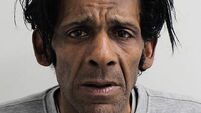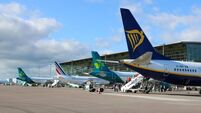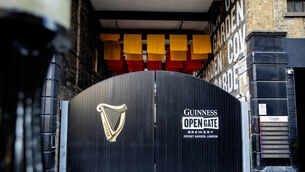Boeing looking towards pilotless planes

The idea may seem far-fetched, but with self-flying drones available for less than $1,000 (€892), “the basic building blocks of the technology clearly are available”, said Mike Sinnett, Boeing’s vice president of product development.
Jetliners can already take off, cruise and land using their onboard flight computers and the number of pilots on a standard passenger plane has dropped to two from three over the years.
















